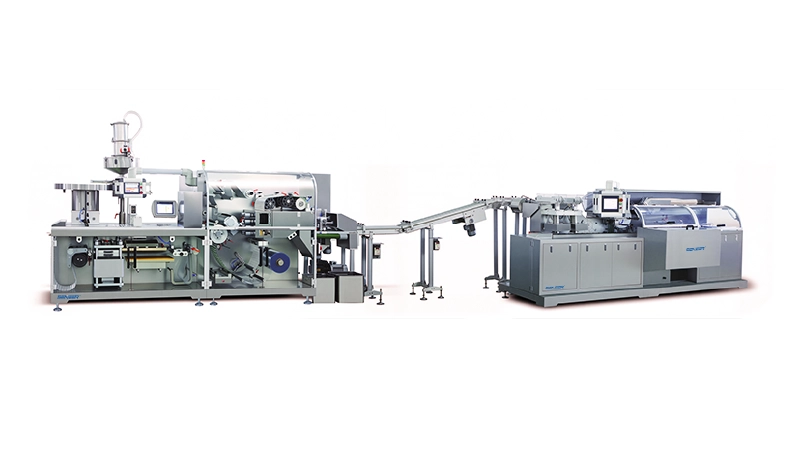Home » Vacuum Feeder
Vacuum Feeder
Introduction Of Vacuum Feeder
Senieer vacuum feeder adopts advanced vacuum technology and is specially designed for the transmission of powder and granular materials in modern industry. Through the negative pressure conveying system, dust-free, airtight and efficient material handling are achieved to ensure the cleanliness and safety of the production environment. It is widely used in pharmaceutical, nutrition, chemical, food and other industries to meet different production needs.
In order to meet different production needs, Senieer vacuum feeders provide a variety of models. Each equipment is efficient, clean, and safe, and is optimized for different material characteristics and production scales.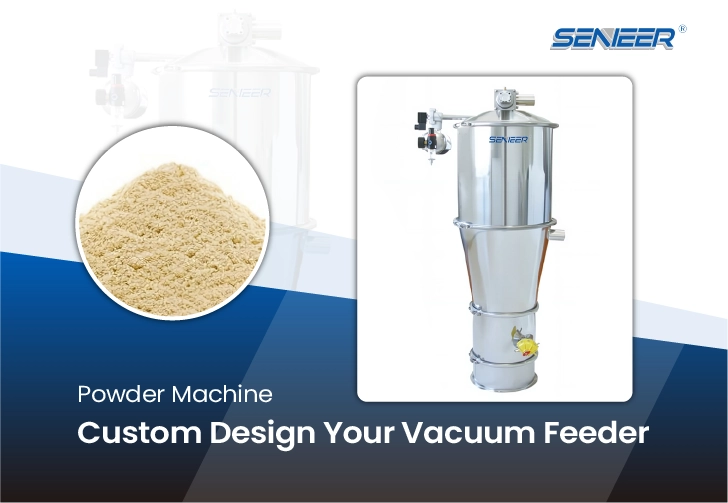
Different Types Of Vacuum Feeders
Choose Your Vacuum Feeder
Guidelines For Vacuum Feeder
Product Detail
Advantages Of Vacuum Feeder
How Does Vacuum Feeder Work?
Applications
Vacuum Feeder is widely used in various industries to meet the needs of different types of material transportation. Here are its applications in major industries:
Pharmaceutical industry In pharmaceutical production, vacuum feeders are used to transport powdered raw materials and active pharmaceutical ingredients (API). Its closed conveyor design prevents dust leakage, ensures a clean and safe operating environment, and reduces the risk of cross-contamination. In addition, the equipment can be efficiently connected to mixers, granulators and tablet press machine to improve the automation level of the entire pharmaceutical process.
Food industry In food production, vacuum feeders are used to transport flour, powdered sugar, spices and other raw materials. Its dust-free enclosure prevents contamination and ensures the quality and cleanliness of raw materials. In addition, the equipment reduces manual operations and raw material waste during the production process, improves production efficiency, and is especially suitable for food factories with strict hygiene standards.
Cosmetics industry In the cosmetics industry, vacuum feeders are suitable for transporting powdery cosmetic raw materials (such as talc powder, toner) and granular raw materials. Its precise metering and closed conveying system ensures the accuracy of product formulas and the hygiene of the production environment, thereby improving the quality and consistency of finished products.
Chemical industry In chemical production, vacuum feeders are suitable for transporting various chemical powders and particles, such as pigments, catalysts, fillers, etc. Its sealing design ensures that harmful substances will not leak during the transmission process, ensuring the safety of operators. The equipment is often used in conjunction with mixers and packaging machines to improve production efficiency and automate processes.
Plastic industry In the plastics industry, vacuum feeders transport plastic pellets or powder from storage silos to injection molding machines, extruders or blow molding machines. The equipment’s automatic loading function saves manpower while maintaining production continuity and stability. Vacuum feeders also prevent dust and particles from scattering, ensuring a clean production workshop.
Combination Equipment
Choose Your Interested Production Line
Bottle Filling Line
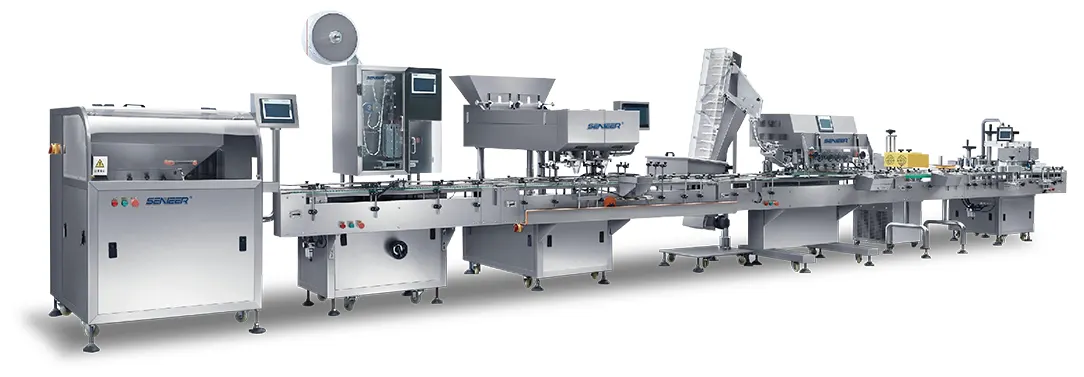
Granulation Line
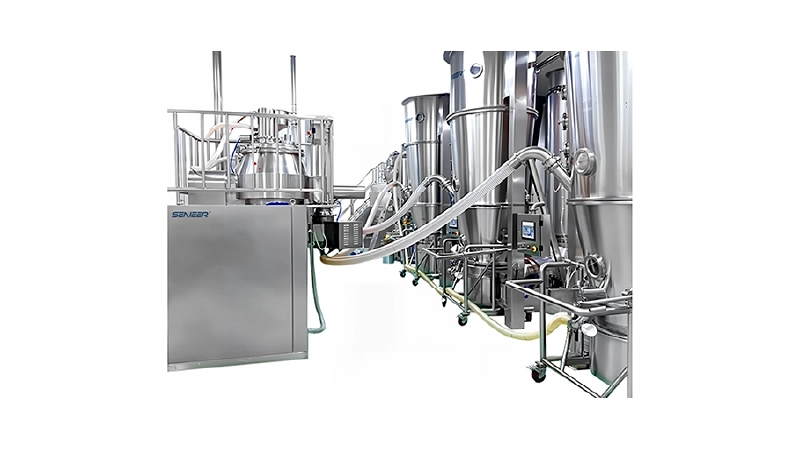
Blister Packaging Line
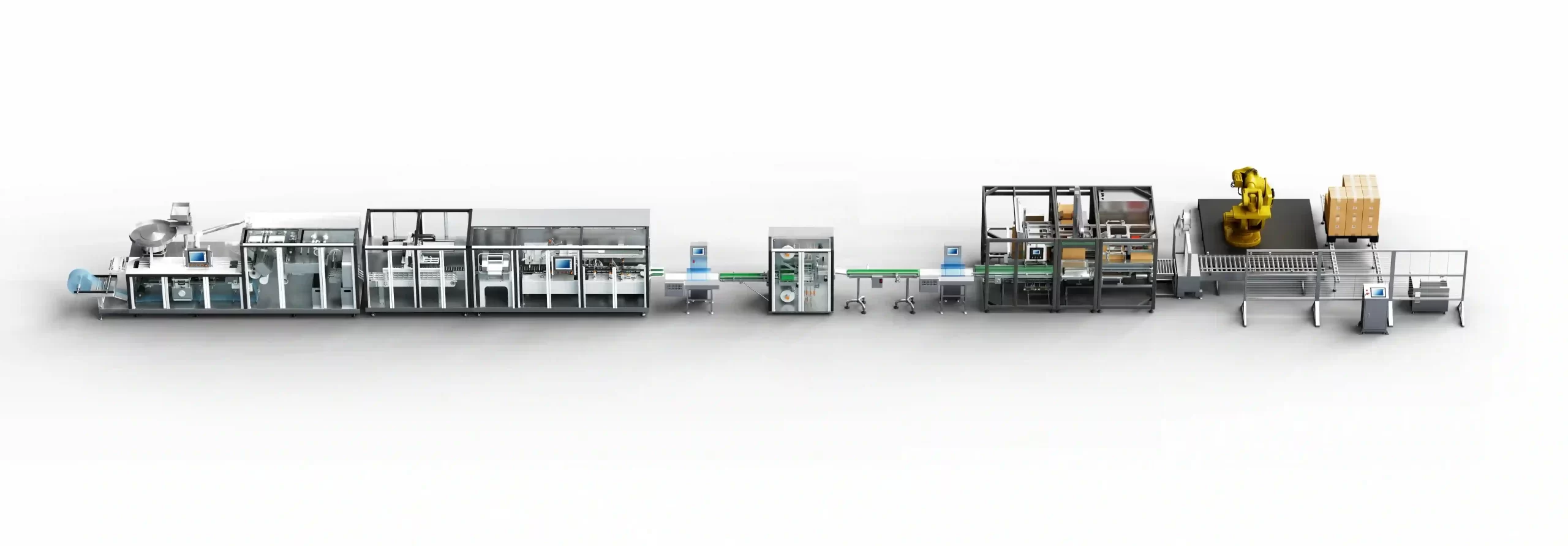
Powder Filling Line








